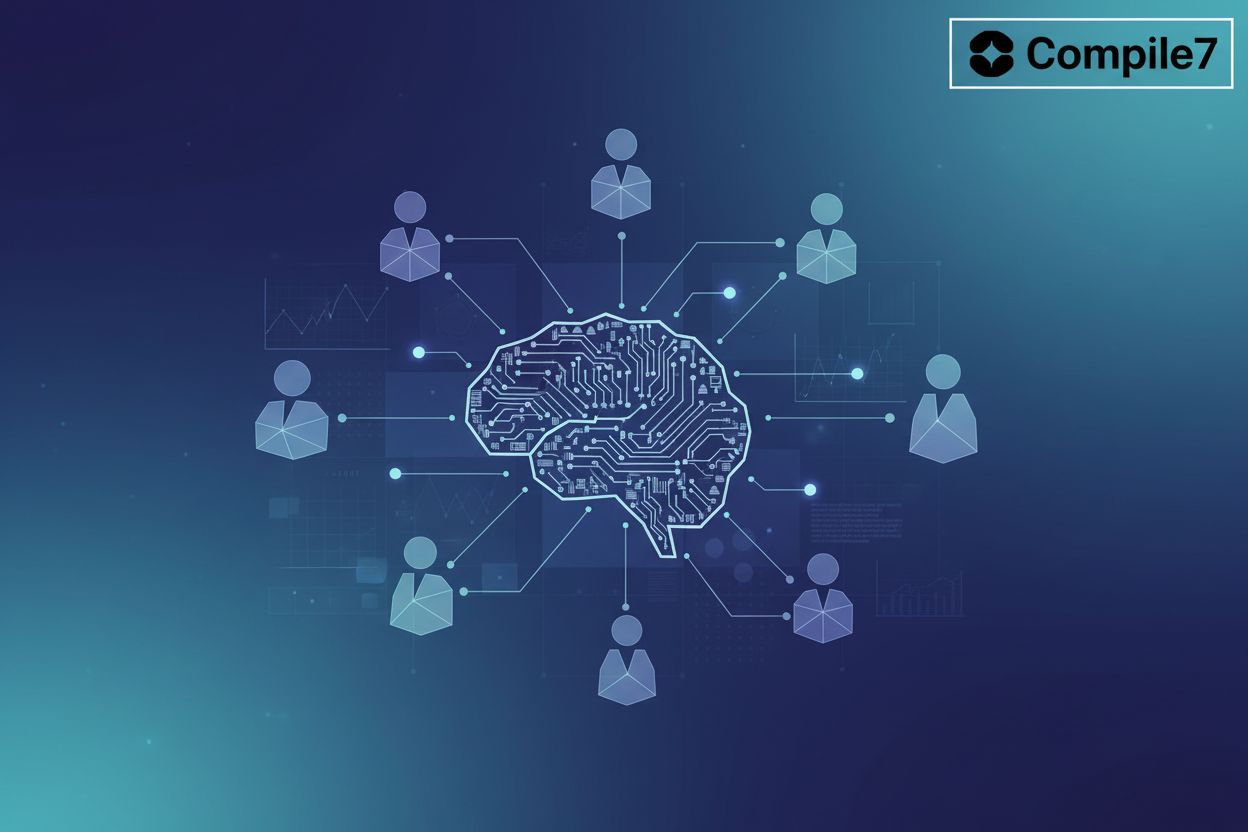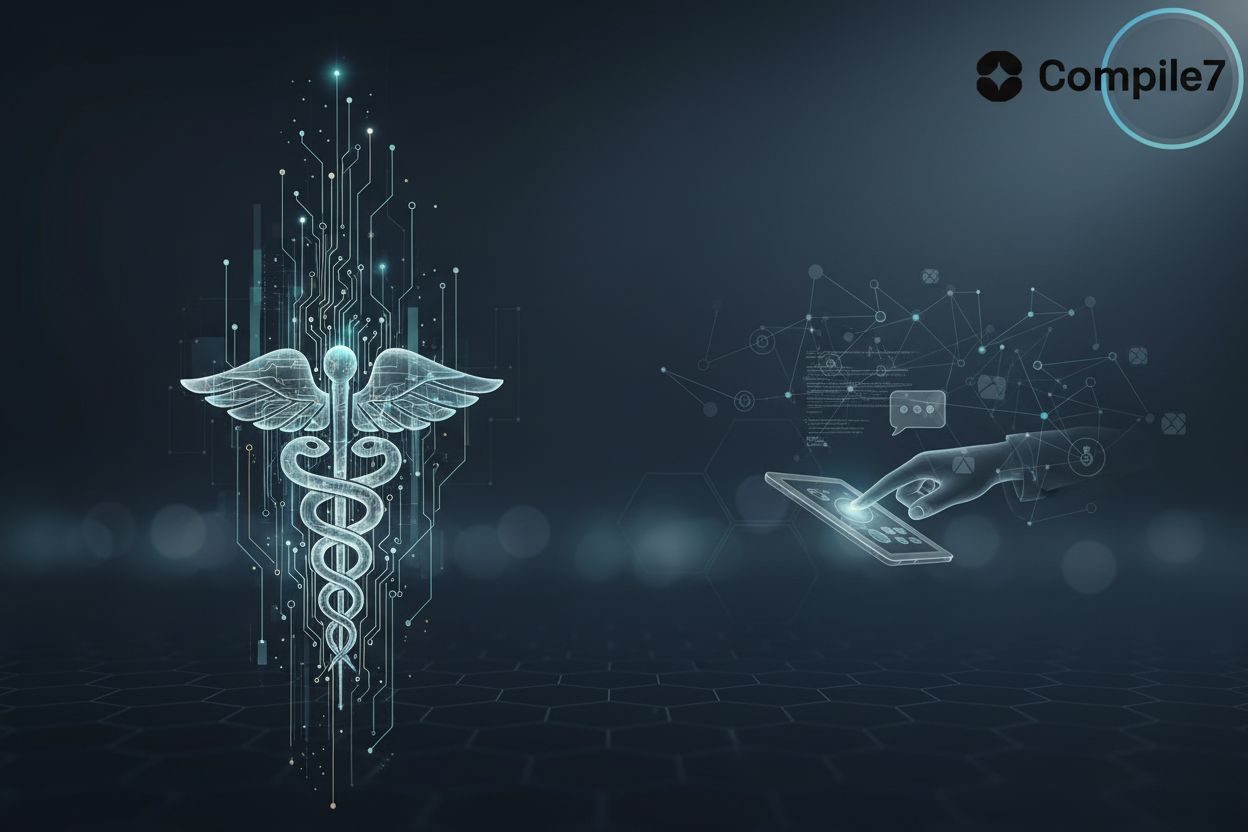Decoding AI Agent Architectures ReAct AutoGen and Beyond
TL;DR
Decoding AI Agent Architectures: ReAct, AutoGen, and Beyond
Understanding the Fundamentals of AI Agent Architectures
Alright, let's dive into the world of AI agent architectures. Ever wonder how those smart assistants actually think? It's all about how they're built, piece by piece.
AI agents are basically the brains behind automated tasks. They're autonomous entities, making decisions for you without needing constant instructions. At their core, an AI agent typically has a few key components:
- Perception: This is how the agent senses its environment. It could be through text input, sensor data, or even visual information. It's how the agent knows what's going on.
- Cognition (Reasoning & Planning): This is where the "thinking" happens. The agent processes the perceived information, uses its knowledge base, and makes decisions. This involves reasoning to understand the situation and planning to figure out the best course of action. Simple rule-based systems might just follow a set of "if-then" statements, but more advanced AI agents can learn, adapt, and strategize.
- Action: Once the agent has decided what to do, it takes action. This could be generating text, controlling a robot, or interacting with a software system.
Think about customer service chatbots that handle your queries, or data analysis tools that dig into complex datasets. It's also impacting business in general, like with business automation and digital transformation. These agents are showing up everywhere, from healthcare to retail, changing how things gets done.
Think of agents as the future of work. Now, let's see what makes them tick under the hood. We'll explore some specific architectures that utilize these core components.
Exploring Key AI Agent Architectures: ReAct and AutoGen
Alright, let's get into some real meat-and-potatoes stuff – AI agent architectures. You've probably heard the buzzwords, but what's actually going on under the hood?
ReAct is all about bringing reasoning and action together. Instead of just reacting, agents using ReAct think through a problem first. Then, they act based on that thought process. This creates a much more dynamic approach to problem-solving.
- ReAct shines in situations where agents need to handle complex queries.
- Think about a travel agent AI that not only books your flight but also adjusts your itinerary based on real-time data.
- It's also good for planning tasks, like supply chain management, where every decision has knock-on effects.
AutoGen takes things a step further by enabling multiple AI agents to work together. AutoGen, developed by Microsoft, focuses on multi-agent workflows, which can lead to more complex and robust systems.
- AutoGen is great for letting agents specialize and collaborate.
- Think about a team of AI agents where one plans, one writes code, and another tests it.
- This can be really useful for complex workflows, like software development or customer service, where different skill sets are needed. AutoGen's strength lies in its ability to orchestrate these conversations and task handoffs between specialized agents, making it a powerful tool for multi-agent systems.
Here's a visual of how agents might interact in a multi-agent setup:
This diagram illustrates a basic workflow where user input is managed by an orchestrator, which then delegates tasks to specialized agents for planning, execution, and review. This kind of collaborative process is a hallmark of multi-agent systems.
Now, let's compare how ReAct and AutoGen stack up.
Single Agent vs. Multi-Agent Systems: Choosing the Right Approach
Choosing between single and multi-agent systems, huh? It's like deciding if you want a one-person band or a whole orchestra.
- Single agents are simpler, perfect for basic tasks like simple Q&A chatbots; it's easier to get 'em up and running. They're great when a single entity can handle the entire workflow.
- Multi-agent setups can tackle complex problems, but coordination, that's where it gets tricky. Managing resources ain't a picnic either. However, they excel when different specialized skills or perspectives are needed.
- Frameworks like AutoGen excel at multi-agent workflows, as we talked about earlier.
To help you decide, consider these questions:
- Does the task require diverse skill sets or perspectives? If yes, lean towards multi-agent.
- Can a single agent effectively perceive, reason, and act to complete the task? If yes, a single agent might suffice.
- How complex is the coordination required? Multi-agent systems add complexity, so ensure the benefits outweigh the overhead.
- Are you looking for a system that can learn and adapt through interaction, or a more predictable, single-point-of-failure system?
So, which one is right for your business? Next up: diving into the pros and cons of single-agent setups.
Design Patterns in Agentic AI Systems
AI agents aren't just about intelligence; it's how they work together to solve problems. Think of it like a well-coordinated team where everyone has a role.
Here's a few ways AI agents are designed:
- Reflection Pattern: AI agents reviewing their own work, like an AI code assistant checking for bugs before submitting code. This allows for self-correction and improvement.
- Tool Use Pattern: Agents using external tools—imagine a customer service AI using a knowledge base API to answer questions. This extends their capabilities beyond their internal knowledge.
- Planning Pattern: Breaking down complex tasks. Like a medical AI diagnosing a patient by first gathering symptoms then ordering tests. This involves creating a sequence of actions to achieve a goal.
- Multi-Agent Collaboration Pattern: AI agents working as a team, with one planning and another executing. This pattern is crucial for complex projects where different agents contribute their specialized skills. For instance, in AutoGen, you might have one agent responsible for understanding user requirements, another for generating code based on those requirements, and a third for testing the generated code. They communicate and iterate to achieve a common objective.
So, that's how AI agents get things done. Next, we'll look at the reflection pattern: self-improvement in AI agents.
Implementing AI Agent Architectures for Business Automation
Implementing AI agents for business automation? It's more than just cool tech; it's about making workflows smoother.
- Start by identifying where automation helps. Think: customer service, data entry, or report generation.
- Then, pick the right AI agent architecture. Is it single or multi-agent? ReAct or something else? Consider the complexity of your task and the need for specialized roles.
- Finally, integrate agents into existing systems. This might mean APIs, custom code, or new platforms.
It's gonna be a trip to see how this all pans out.
Conclusion: Future Trends and Considerations
The future of AI agents is looking pretty wild, right? It's not just about chatbots anymore; it is so much more.
- AI agents are set to transform industries. Think healthcare, finance, and even how we manufacture things.
- Ethical AI is gonna be key. We gotta make sure these agents are fair, transparent, and not doing anything shady. This involves addressing potential biases in training data, ensuring explainability in decision-making, and establishing clear lines of accountability.
- Expect to see more multi-agent systems. Imagine AIs working together like a super-efficient team.
It's gonna be a trip to see how this all pans out.






